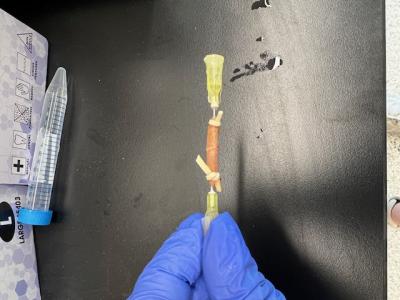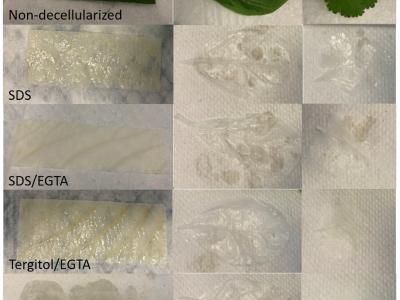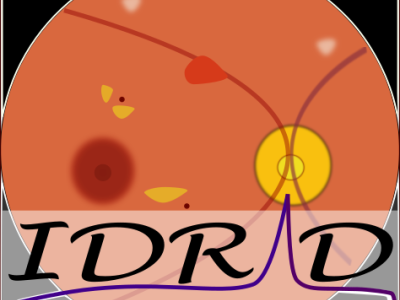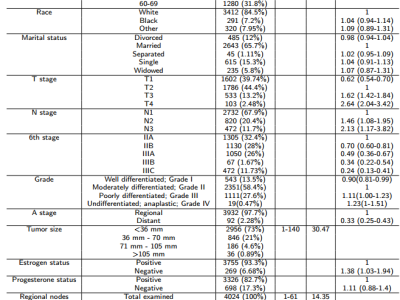Optimization and Standardization of Plant-Derived Vascular Scaffolds
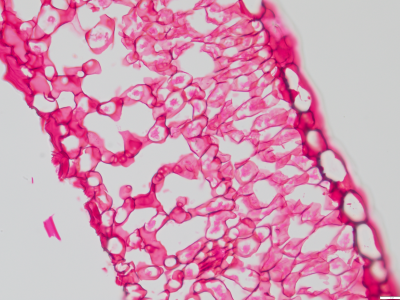
- Citation Author(s):
-
Gianna Imeidopf (Hofstra University)Dara Khaimov (Hofstra University)Sashane John (Hofstra University)
- Submitted by:
- Nicholas Merna
- Last updated:
- DOI:
- 10.21227/kdxs-7r48
- Data Format:
- Research Article Link:
- Links:
 38 views
38 views
- Categories:
- Keywords:
Abstract
Vasculargraft failure rates remain unacceptably high due to thrombosis and poor integration, necessitating innovative solutions. This study optimized plant-derived extracellular matrix scaffolds as a scalable and biocompatible alternative to synthetic grafts and autologous vessels. We refined decellularization protocols to achieve >95% DNA removal while preserving mechanical properties comparable to native vessels, significantly enhancing endothelial cell seeding. Leatherleaf viburnum leaves were decellularized using sodium dodecyl sulfate-based and Trypsin/Tergitol-based treatments, achieved via clearing in bleach and Triton X-100 for 6 to 72 h. To assess the environmental influence on scaffold performance, leaves from multiple collection sites were processed using sodium dodecyl sulfate-based protocols. Scaffold performance was evaluated through tensile testing and histological analysis to assess structural integrity, while DNA quantification and endothelial cell recellularization measured biological compatibility. Sodium dodecyl sulfate-treated scaffolds with shorter clearing durations demonstrated the highest DNA removal (≥95%) while preserving mechanical properties, significantly outperforming Trypsin/Tergitol treatments. Longer clearing times reduced fiber diameter by 60%, compromising scaffold strength. Shorter clearing times preserved extracellular matrix integrity and significantly improved endothelial cell seeding efficiency. Larger leaves supported significantly higher endothelial cell densities than smaller leaves, highlighting the need for standardized material sources. Permeability tests demonstrated minimal leakage at 120 mmHg and structural stability under dynamic flow conditions, suggesting their suitability for vascular applications. These findings establish a reliable framework for optimizing plant-derived grafts, improving their reproducibility and performance for tissue engineering applications.
Instructions:
Data, images and protocols for the article entitled "Optimization and Standardization of Plant-Derived Vascular Scaffolds" can be found in the file "All Images and Protcols" as part of the Data Management and Sharing Plan for award 1R15EB033168-01. All acronym descriptions can be found in the pdf article included in this folder and the key.txt file. For example, sodium dodecyl sulfate (SDS). For additional information, please contact the PI, Dr. Nicholas Merna, at nicholas.j.merna@hofstra.edu


